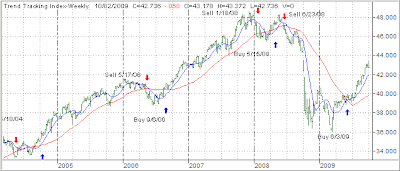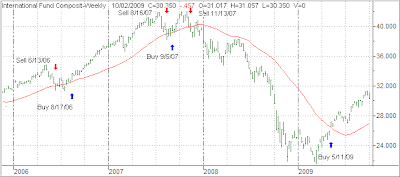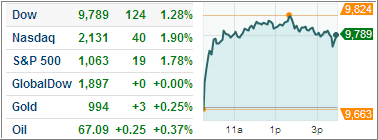The WSJ reports that “Investors Seek Inflation Haven in TIPS Funds.” Here are some highlights:
Rising fears of inflation are fueling an investor rush into mutual funds and exchange-traded funds holding Treasury inflation-protected securities.
So far this year, more than $17 billion has poured into funds that invest in TIPS, government-issued bonds whose principal grows with rising inflation, according to estimates from research firm Morningstar Inc. That compares with estimated net cash inflows of almost $10 billion for 2008.
Their popularity reflects worries that massive U.S. government spending will eventually lead to high inflation, which could erode the value of stocks and ordinary bonds. But if inflation stays at current low levels longer than some investors expect, TIPS may not add much juice to a portfolio—and could even drop in value.
Sure, common sense dictates current government policies will lead to inflation–eventually. However, as I have pointed out before, all industrialized nations more or less are following the same inflationary policies, which makes me wonder what the ultimate effects will be. In the past, only isolated countries have inflated their currencies with the effect that they lost in value relative to all others.
This time around, everyone is trying to inflate to get out from under the deflationary forces. I think we are in unchartered territory with the outcome being a total unknown.
That said, many investors aren’t in it for the yields, but for the protection they hope the bonds will provide if inflation suddenly surges. For now, TIPS buyers are brushing aside the prospect that the bonds won’t do well if that much-feared inflation doesn’t materialize. Indeed, many TIPS have been bid up to prices exceeding their face value.
….
But inflation alone doesn’t determine how well TIPS perform. Supply and demand also play a role. And demand for TIPS is driven by inflation expectations, rather than actual inflation. Such expectations could drive TIPS prices higher, thereby shrinking yields, since price and yield move inversely.
“There has been a ton of money flowing into TIPS year to date, yet there’s no inflation,” says Lawrence Glazer, managing partner at Mayflower Advisors in Boston.
Instead, money keeps pouring into the investments based on the expectation that inflation is ahead.
If the break-even rate widens, that would imply investors foresee higher inflation. But once the Federal Reserve begins to address inflation, it will raise short-term interest rates, and that would push down the value of existing bonds.
In that case, there would be two counterforces acting on TIPS: rising inflation or expectations of inflation pushing up demand and thereby pushing up prices; and rising short-term rates driving down prices. If the Fed pushes rates up faster than inflation rises or raises rates before inflation picks up, TIPS could rack up losses for their owners. They could also decline if inflation turns out milder than investors’ original expectations.
I agree that supply and demand plays a major role. In fact, it may have been that imbalance of more investors “expecting” inflation that has caused TIP to break out above its long-term trend line. Take a look at a 2-year chart:

If this inflation expectation is not met, we could very well see a drop below the trend line again. If you own TIP in your portfolio, be sure to use the trailing sell stop discipline here as well; just in case the future does not turn out the way many investors expect.
Disclosure: My clients currently have holdings in the ETF discussed above.







